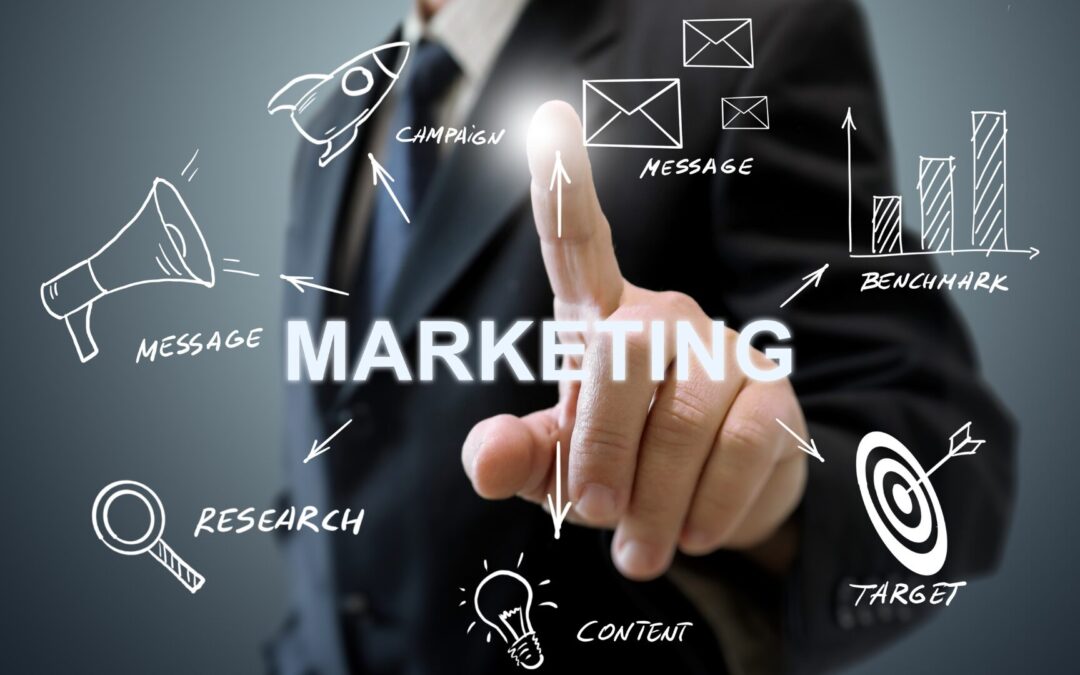How to Integrate Physical Marketing Materials Into Your Digital Strategy

In a time that is dominated by digital communication, it’s easy to overlook the impact of physical marketing materials. Yet, tangible print assets such as posters, banners, flyers, and signage still hold significant sway in consumer perception and engagement. When executed effectively, integrating physical marketing into your digital strategy can amplify your brand’s presence and create a more immersive, multi-channel experience.
Why Physical Marketing Still Matters
Physical marketing materials offer something digital platforms can’t: tactility and permanence. A high-quality banner at a trade show or a well-designed flyer in a direct mail campaign engages the senses, builds trust, and drives brand recall. These physical touchpoints reinforce digital messaging and increase the likelihood of conversions when both are aligned.
Start with Brand Consistency
The first step in integrating physical and digital marketing is ensuring brand consistency across both mediums. Your physical materials should echo the tone, color scheme, logos, and messaging used online. This cohesive approach ensures that whether a customer encounters your brand on a social media ad or a billboard, the experience feels unified and professional.
Use QR Codes and Custom URLs
One of the most effective ways to bridge physical and digital channels is through scannable QR codes or custom short URLs. Add them to your printed brochures, packaging, or posters to direct people to your website, landing page, or a promotional offer. These tools also allow you to track engagement metrics and better understand how your physical efforts drive digital interactions.
Choose the Right Materials and Partners
The effectiveness of your physical marketing depends heavily on the quality of the materials used. Durable, vibrant prints can leave a lasting impression, while cheap or inconsistent materials may undermine your brand’s credibility. For premium large-format print media like textile displays, banners, and wallcoverings, Soyang Europe is a trusted partner. They offer a broad range of high-quality substrates designed to meet the demands of modern, integrated campaigns.
Use Social Proof and User-Generated Content
Incorporate calls to action on physical materials that encourage users to engage digitally. For instance, you can print invitations on event flyers for attendees to post with a specific hashtag or tag your brand in photos. This extends the reach of your physical campaign into the digital world and boosts visibility across platforms.
Track Performance with Integrated Campaigns
Marketing automation tools now allow brands to track interactions across different channels. By aligning your CRM and analytics tools with physical campaigns, such as tracking which QR codes were scanned at which locations, you can gain valuable insights into customer behavior and campaign effectiveness.
Create Experiences, Not Just Materials
Rather than thinking of print as static, use it to enhance customer experience. Pop-up displays, interactive signage, or augmented reality (AR) codes embedded in print materials can drive dynamic digital engagement. For example, a customer scanning a code on a poster could be taken to a virtual product demo or 360° showroom experience.
Summing Everything Up
Integrating physical marketing materials into your digital strategy isn’t just a nod to tradition; it’s a strategic move. It’s a smart, strategic move to enhance brand reach and engagement. By unifying your efforts across both mediums, you create a seamless journey for your audience, from offline to online and back again. Those who successfully blend print and digital will stand out in the crowd.





